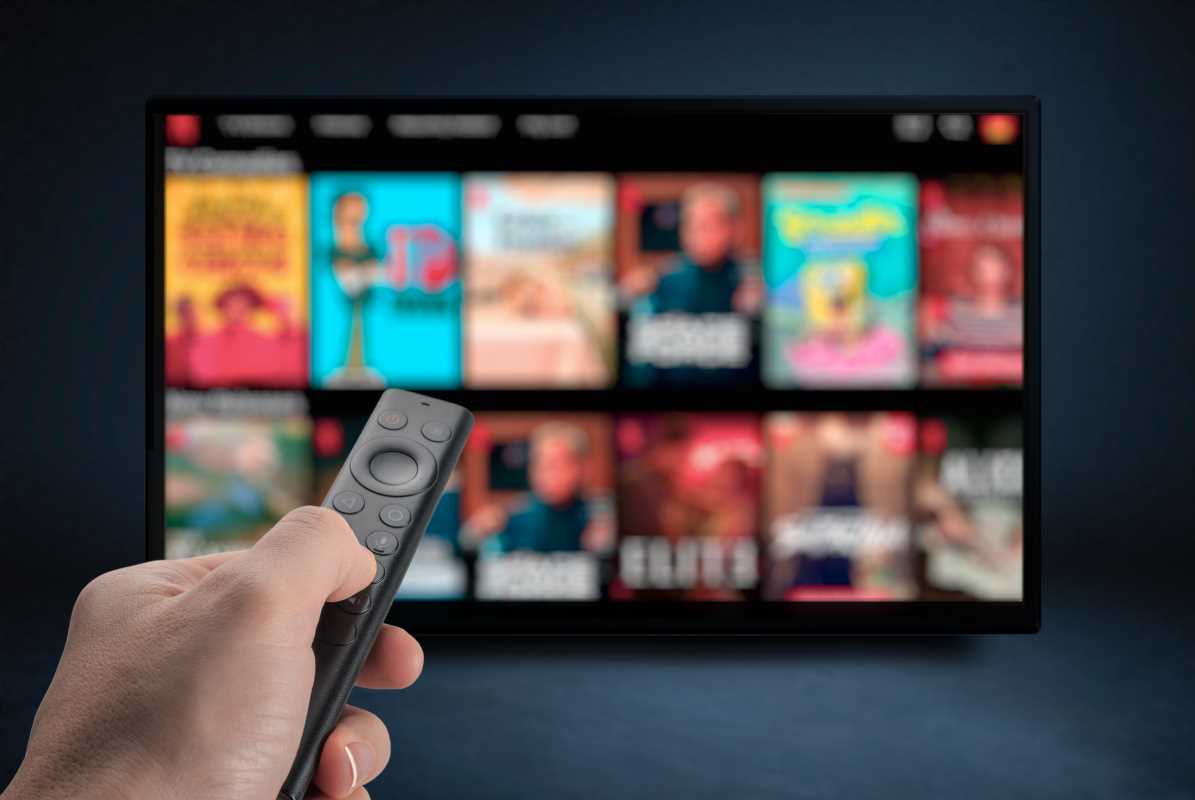As technology advances at a rapid pace, the future of video game consoles promises exciting changes that could redefine the gaming experience. From immersive virtual reality to cloud-based streaming, the next generation of consoles is set to push the boundaries of what players can expect from home entertainment.
Here are some predictions for the future of gaming consoles and the trends shaping the evolution of this ever-growing industry.
1. Increased Power and Realism
The next wave of gaming consoles will likely bring unprecedented power, with processors and graphics capabilities far surpassing today’s standards.
- We can expect 8K resolution support, even faster frame rates, and higher dynamic range graphics that make games look more realistic than ever.
- Enhanced ray-tracing and advanced rendering techniques will allow for photorealistic lighting, shadows, and textures, bringing games closer to cinematic visuals.
- Console manufacturers may even incorporate AI-driven technologies that adapt game environments in real time.
With machine learning, consoles could dynamically improve graphics, adjust difficulty levels, or enhance non-player characters’ behaviors, providing more engaging and challenging gameplay experiences.
2. Virtual Reality and Augmented Reality Integration
Virtual Reality (VR) and Augmented Reality (AR) have already made inroads into gaming, but the next generation of consoles is likely to expand on this trend. Future consoles may have built-in VR and AR support, allowing players to jump into immersive worlds without the need for external hardware or sensors.
The development of lighter, more comfortable headsets could make VR gaming more accessible and appealing to the general public.
We may also see AR integrated into games for home consoles, where game elements are projected into the player’s real-world surroundings through AR glasses. This feature could bring an entirely new layer of interactivity to gaming, blending digital and physical worlds seamlessly.
3. Cloud Gaming and Game Streaming
As internet speeds increase globally, cloud gaming is expected to become a major component of future consoles. With cloud gaming, players can stream games directly from servers without needing powerful hardware at home, removing the necessity for physical discs or downloads.
Major players like Microsoft (with Xbox Cloud Gaming), NVIDIA, and Google have already entered the cloud gaming arena, and future consoles are likely to integrate this technology seamlessly into their systems.
Cloud gaming could also lead to a subscription-based model, where players pay a monthly fee to access a library of games rather than buying individual titles.
This approach would make gaming more accessible and affordable, while allowing players to jump into games instantly without lengthy downloads or installations.
4. Modularity and Customization
Future consoles may introduce more modular and customizable components, allowing players to upgrade specific parts of their console, such as storage, memory, or graphics capabilities, rather than buying an entirely new system every few years.
This modular approach would give gamers more control over their hardware, allowing them to optimize their console based on individual needs and preferences.
- Imagine a console that lets players swap out graphics cards or add RAM to boost performance in specific games or genres.
- Customization could also extend to the software side, where players could adjust interfaces, display settings, and controller configurations to match their personal preferences, much like customizing a PC.
5. Enhanced Cross-Platform Play and Universal Compatibility
Cross-platform gaming has already started gaining traction, allowing players on different consoles or PCs to play together.
- In the future, cross-platform compatibility may become a standard feature, allowing seamless gameplay between consoles, PCs, and even mobile devices.
- This trend will likely bring larger gaming communities and allow friends to play together, regardless of their chosen platform.
- Universal compatibility could also extend to backward compatibility, with future consoles allowing players to access games from previous generations seamlessly.
By leveraging cloud-based libraries, consoles could grant access to classic titles without requiring physical copies, making it easier to enjoy retro games.
6. Greater Emphasis on Eco-Friendly Design
As environmental awareness grows, future gaming consoles will likely prioritize eco-friendly design. This could mean energy-efficient components, recycled materials, and a reduction in plastic packaging. Some companies might even explore low-power modes or energy-saving software features to minimize environmental impact during gameplay.
Digital downloads and cloud gaming are already reducing the need for physical media, and future consoles could go entirely digital to reduce waste further. Emphasizing sustainability could become an industry standard, appealing to environmentally conscious consumers.
The future of video game consoles looks bright and full of possibilities. From more powerful hardware and immersive VR experiences to modular designs and cloud gaming integration, the next generation of consoles will offer features that were once considered science fiction.
As technology advances and gaming continues to grow as a mainstream form of entertainment, future consoles are likely to embrace trends that enhance accessibility, connectivity, and sustainability.
As we look ahead, one thing is certain: gaming consoles will continue to evolve, bringing us closer to immersive, hyper-realistic gaming experiences that are limited only by the imagination of developers and the desires of players.







